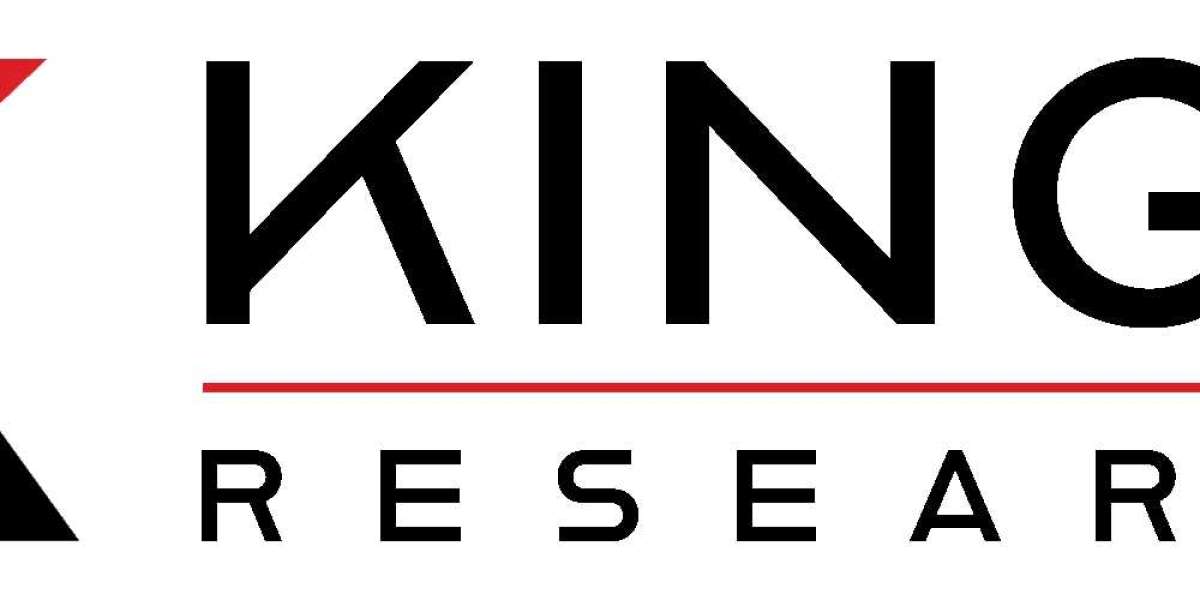I. Introduction to ISO 9001 Certification
A. What is ISO 9001 Certification?
ISO 9001 certification is an internationally recognized standard for quality management systems (QMS). It provides a structured framework for organizations to improve efficiency, meet customer expectations, and ensure consistent quality. The standard is published by the International Organization for Standardization (ISO) and is applicable to all industries, regardless of size or sector.
B. Importance of ISO 9001 in the Global Market
ISO 9001 certification enhances business credibility and opens doors to international markets. Many companies require their suppliers to be ISO 9001 certified, ensuring consistency in quality and operational excellence. It helps businesses improve customer satisfaction, reduce risks, and streamline processes.
C. Key Principles of ISO 9001
ISO 9001 is based on several fundamental principles, including customer focus, leadership commitment, employee engagement, process approach, continuous improvement, evidence-based decision-making, and relationship management. These principles help businesses achieve long-term success by maintaining high-quality standards.
II. Understanding the ISO 9001 Standard
A. Structure of ISO 9001:2015
ISO 9001:2015 follows a High-Level Structure (HLS) that makes integration with other ISO standards easier. The structure includes:
- Scope
- Normative references
- Terms and definitions
- Context of the organization
- Leadership
- Planning
- Support
- Operation
- Performance evaluation
- Improvement
B. Core Requirements for Compliance
To achieve ISO 9001 certification, organizations must demonstrate compliance with key requirements, such as defining quality policies, risk management, resource allocation, performance monitoring, and process optimization. Maintaining proper documentation is also essential for certification.
C. The Role of Continuous Improvement in ISO 9001
One of the key aspects of ISO 9001 is continuous improvement (CI). Organizations must constantly evaluate and enhance their processes using tools like Plan-Do-Check-Act (PDCA), internal audits, and feedback systems to maintain quality and efficiency.
III. The Certification Process
A. Steps to Obtain ISO 9001 Certification
- Gap Analysis: Assess the current QMS against ISO 9001 requirements.
- Planning: Develop an implementation strategy.
- Documentation: Create policies, procedures, and quality manuals.
- Training: Educate employees on ISO 9001 standards.
- Implementation: Apply the quality management principles across departments.
- Internal Audit: Conduct audits to identify nonconformities.
- Management Review: Assess the effectiveness of the system.
- Certification Audit: A certification body evaluates compliance.
- Certification Issuance: If successful, the organization receives ISO 9001 certification.
B. Choosing an Accredited Certification Body
It is essential to select a recognized certification body accredited by an official accreditation authority such as the International Accreditation Forum (IAF) or a national accreditation agency. This ensures global recognition of the certification.
C. Common Challenges in Certification and How to Overcome Them
Some challenges include lack of employee engagement, inadequate documentation, and resistance to change. Overcoming these challenges requires strong leadership, proper training, and continuous monitoring to ensure compliance with the standard.
IV. Benefits of ISO 9001 Certification
A. Improved Quality and Customer Satisfaction
ISO 9001 focuses on customer satisfaction by ensuring that products and services meet regulatory and client expectations. This leads to increased trust and loyalty among customers.
B. Operational Efficiency and Cost Reduction
By streamlining processes, reducing errors, and improving efficiency, businesses can lower costs and improve productivity. The certification helps identify inefficiencies and implement corrective actions to enhance performance.
C. Competitive Advantage in the Market
ISO 9001 certification gives businesses a competitive edge by demonstrating their commitment to quality. It enhances reputation, attracts new clients, and increases opportunities for government contracts and international trade.
V. Implementing ISO 9001 in Your Organization
A. Leadership Commitment and Employee Involvement
Top management plays a crucial role in implementing ISO 9001 by setting clear quality objectives and fostering a culture of continuous improvement. Employee involvement is also vital, as everyone in the organization contributes to maintaining quality standards.
B. Developing a Strong Quality Management System (QMS)
A well-structured QMS ensures that processes are clearly defined, monitored, and improved over time. Organizations should document key processes, maintain records, and conduct regular internal audits.
C. Performance Measurement and Continuous Improvement
Measuring key performance indicators (KPIs) helps organizations track progress and identify areas for improvement. Using data-driven decision-making and corrective actions ensures ongoing compliance with ISO 9001.
VI. ISO 9001 Certification in Different Industries
A. ISO 9001 in Manufacturing
Manufacturers benefit from ISO 9001 by standardizing production processes, ensuring quality control, and reducing defects. This leads to higher product reliability and customer satisfaction.
B. ISO 9001 in Healthcare
In the healthcare industry, ISO 9001 ensures patient safety, effective medical services, and compliance with health regulations. Hospitals and clinics use it to improve service quality and operational efficiency.
C. ISO 9001 in Service Industries
Service-based businesses, including IT, finance, and hospitality, use ISO 9001 to improve service delivery, customer interactions, and complaint management. The standard helps organizations provide consistent and reliable services.
VII. ISO 9001 vs. Other ISO Standards
A. Difference Between ISO 9001 and ISO 14001
ISO 9001 focuses on quality management, while ISO 14001 addresses environmental management. Organizations can integrate both standards to enhance sustainability and compliance with environmental regulations.
B. ISO 9001 vs. ISO 45001 for Occupational Health Safety
ISO 45001 is designed for workplace safety, ensuring that organizations protect employee well-being. While ISO 9001 focuses on quality, businesses often implement both standards to maintain a safe and high-quality work environment.
C. Integrating ISO 9001 with Other Management Systems
Many organizations integrate ISO 9001 with other management systems such as ISO 27001 (Information Security) and ISO 22301 (Business Continuity) to enhance overall operational resilience and compliance.
VIII. Maintaining and Renewing ISO 9001 Certification
A. Regular Internal and External Audits
To maintain ISO 9001 certification, organizations must conduct regular internal audits and external surveillance audits by the certification body. These audits ensure ongoing compliance and improvement.
B. Updating Processes Based on Audit Findings
Audit results help organizations identify weaknesses and implement corrective actions. Updating processes based on feedback ensures continuous improvement and adherence to ISO 9001 requirements.
C. Certification Renewal Process
ISO 9001 certification is valid for three years. Organizations must undergo recertification audits to renew their certification and demonstrate continuous commitment to quality management.
IX. Conclusion: Why ISO 9001 Certification is Essential
A. The Long-Term Impact of ISO 9001 on Business Growth
ISO 9001 certification helps businesses achieve long-term success by improving quality, efficiency, and customer trust. Companies that invest in ISO 9001 experience sustainable growth and enhanced brand reputation.
B. Key Takeaways for Organizations Seeking Certification
Businesses should focus on leadership commitment, employee involvement, and continuous improvement when implementing ISO 9001. Proper planning and training are essential for a successful certification process.
C. The Future of Quality Management with ISO 9001
As industries evolve, ISO 9001 will continue to play a critical role in quality management. Organizations that embrace innovation and continuous improvement will remain competitive and successful in the global market.








